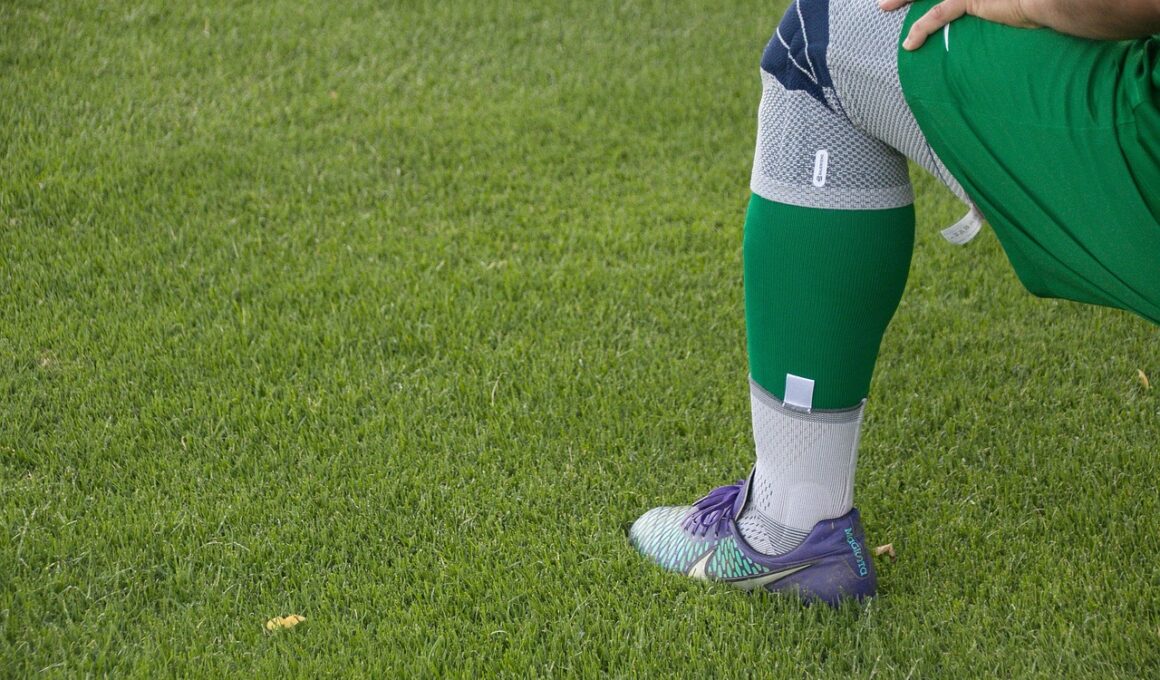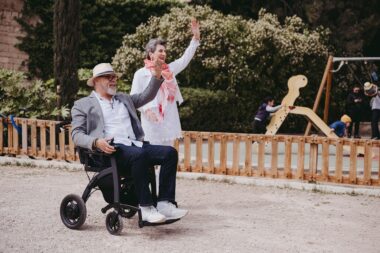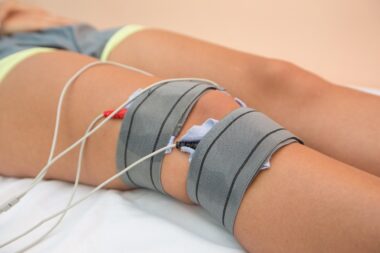Rehabilitation Exercises for Knee Injuries
Knee injuries can significantly impact daily activities and quality of life. Proper rehabilitation exercises are essential in restoring knee function, enhancing mobility, and preventing further injuries. Begin rehabilitation by consulting with a healthcare professional to formulate a tailored program. Basic stretching and strengthening exercises help improve flexibility and stability. These exercises should progress gradually based on individual capabilities. When starting rehabilitation, the focus should be on low-impact activities that minimize stress on the knee and promote healing. Consistency and patience are critical during this rehabilitation process.
Strengthening muscles around the knee is vital for rehabilitation. Focus on exercises that target the quadriceps, hamstrings, and calf muscles. Examples include straight leg raises, hamstring curls, and calf raises. Start with a low number of repetitions and gradually increase as strength improves. Utilizing resistance bands can provide helpful support while enhancing strength. Additionally, consider incorporating isometric exercises that engage the muscles without movement, maintaining joint stability. Regularly performing these strengthening exercises can enhance muscle tone, leading to supporting structures around the knee, minimizing the risk of re-injury.
Incorporating Flexibility and Balance Training
Flexibility exercises are essential in rehabilitation to prevent stiffness and enhance the range of motion. Incorporate stretches focusing on the quadriceps, hamstrings, calf muscles, and hip flexors into your routine. Hold each stretch for at least 20-30 seconds, ensuring a relaxed state. Balance training, such as standing on one leg or using balance boards, can help restore coordination. Incorporating these practices into rehabilitation can improve proprioception and reduce the risk of falls. Regular practice of flexibility and balance exercises ensures a smoother healing process and promotes return to activities.
Aqua therapy is another effective rehabilitation exercise for knee injuries. Water provides natural resistance while supporting the body’s weight, allowing for low-impact movement. Engage in water walking, leg lifts, or gentle swimming to facilitate healing. The warm water can also help soothe pain and stiffness, making rehabilitation more comfortable. Moreover, aqua therapy can enhance cardiovascular fitness, further contributing to overall recovery. This rehabilitation approach is especially beneficial for individuals who may struggle with traditional exercises and need a more gentle alternative.
Utilizing Professional Guidance
Engaging with a physical therapist is crucial for effective rehabilitation. A trained professional can guide through proper exercises, ensuring the correct technique is maintained during rehabilitation. They will assess knee stability and may introduce additional rehabilitation techniques like ultrasound or electrical stimulation. Therapy sessions can provide motivation and accountability, making it less likely to skip exercises. A physical therapist can create tailored progressions based on the recovery stage. By following professional advice and support, individuals can achieve better rehabilitation outcomes.
Gradually reintroducing activities after knee injury is crucial for a successful recovery. As strength and flexibility increase, begin introducing sports-specific exercises. These may include lateral movements, jumping, or agility drills, tailored to individual capabilities. Mobility should be monitored to ensure progression without increased pain or swelling. Listen to your body and advance the intensity only when conditions are favorable. Creating a balanced routine that combines strength, flexibility, and agility is key to returning to full function after an injury.
Preventing Future Injuries with Corrective Strategies
After successfully rehabilitating a knee injury, implementing preventive strategies is essential. Strengthening surrounding muscles and improving flexibility are vital components. Pay attention to proper footwear when engaging in physical activities to enhance support and stability. Consider adopting cross-training practices to avoid overuse injuries related to any single sport. Additionally, maintaining a balanced diet rich in anti-inflammatory foods can help support overall joint health. Ensuring a comprehensive approach toward injury prevention can safeguard against future recurrences, guaranteeing long-term wellness.
In conclusion, effective rehabilitation exercises for knee injuries play a pivotal role in recovery. Emphasizing strength, flexibility, and balance can significantly enhance the healing process. Engaging with professionals and following a tailored rehabilitation plan can foster a successful return to daily activities and sports. The journey requires commitment, patience, and perseverance. Ultimately, a holistic approach will ensure a stronger knee and greater resilience against future injuries. Remember that maintaining a healthy lifestyle, including proper nutrition and preventive strategies, is essential for ongoing joint health.





